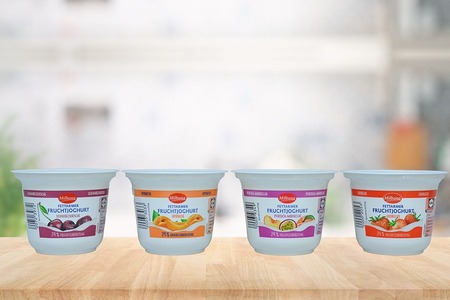Time to revive Khadi market in Indian textile industry
YarnsandFibers News Bureau 2016-09-12 16:30:00 – NoidaThe Indian textile industry, which caters to clothing need which has an estimated market size of $108 billion is divided into two broad segments within the industry, namely the traditional hand-woven and hand-spun textile segment, and the modernized mill. Khadi is defined as any cloth woven on handlooms and hand-spun from cotton, woolen or silk yarns in India or the combination of two or all of these yarns, as per the Khadi and Village Industries Commission Act 1956.
Khadi is also considered a symbol of self-reliance and also a product which is highly sustainable, eco-friendly and an all-weather fabric which keeps the wearer warm in the winters and cool in the summers.
The government has spent huge sums of money for the promotion of khadi programme as plan and non-plan amounts. The khadi institutions registered under Khadi and Village Industries Commission (KVIC) are subsidized significantly (at an interest rate of 4 percent) through a scheme called the interest subsidy eligibility certification (ISEC) introduced in 1977. In spite of all this, the khadi market still constitutes only 1 percent of the Indian textile market.
KVIC undertakes sales activities through its 12 departmentally-run khadi gramodyug bhavans and around 7,050 institutional sales outlets (certified by KVIC) located in different parts of the country. There, discounts on khadi apparel fixed by the MSME can be availed. The discounts decided by the ministry are aimed at making the khadi products available at cheaper prices.
In spite of the discounts availed at KVIC stores and the significant amount spent by KVIC and MDA, the khadi sales show a declining trend in India. This, however, does not include the sale of khadi through private outlets like Fabindia and Raymonds, for which time series data is not available. Based on a policy decision of KVIC, private parties are allowed to sell khadi through a franchisee model while the approval of KVIC is required for using the khadi logo and also with no rebate for the franchisee.
The marketing of khadi is mainly done by khadi institutions. The government’s intervention in the khadi marketing has resulted in the reliance on outdated techniques, namely print advertisements or banners and rebate schemes. The lack of appropriate marketing strategies has resulted in the failure for mass consumer attraction towards khadi fabrics.
Also the khadi artisans contracted by the khadi institutions are piece-rate workers who get the pay rate for the amount of output made, decided by the khadi institutions separately, based on the minimum wage rate fixed by KVIC over different time periods. In addition to the wages, the MSME has implemented different measures for the economic empowerment of the poor artisans through KVIC like market development assistance schemes. There is assistance provided at 20 percent of the production value under this scheme to the khadi institutions among which there is mandatory allocation of 25 percent to artisans as incentives along with the wages.
There is a mandatory requirement by KVIC for the state KVIBs and the khadi institutions to contribute 12 percent of the artisans’ wages to the artisan welfare funds. There is also a mandatory requirement by the khadi coordination director, MSME, for distributing wages to the khadi artisans only through banks or post offices and not through cash.
There is a huge gap between the per capita earnings of the weavers and spinners and the salaried staff of the KVIC. The per capita earnings for spinners and weavers are very low compared to the other categories.
Due to this, there is unavailability of the spinners and weavers willing to work in this sector now. The young generation, who are more educated, is not willing to work in this sector due to the low wages and the hardships involved, while those who remain in this sector are mostly the old workers who do not have any other choice for their livelihood.
The entry barriers to the khadi market needs to be removed. Rather than limiting the production and sales of khadi only through KVIC and its subsidiaries, there needs to be different options. The availability of the khadi fabrics need to be ensured in the private retail stores at competitive prices.
The opening up of khadi retailing to private players like Raymond and Fabindia are good initiatives in this regard which are reported to have generated high demand for khadi products among the customers. At the same time, they need to compete in the market without getting the approval of KVIC.
This along with appropriate marketing techniques like awareness campaigns among the youth on khadi fabrics featuring its quality can help to increase the demand for khadi products. Also by increasing the choices available in the khadi market for production and sales, piracy problems associated with the khadi industry can also be solved. The spinners and weavers need to be allowed to work with the private designers without the approval of KVIC so that they get the wages directly from these designers.
Market Intelligence
Ask for free sample Report

experience
Customer Base
dedicated team
Countries Served Worldwide









